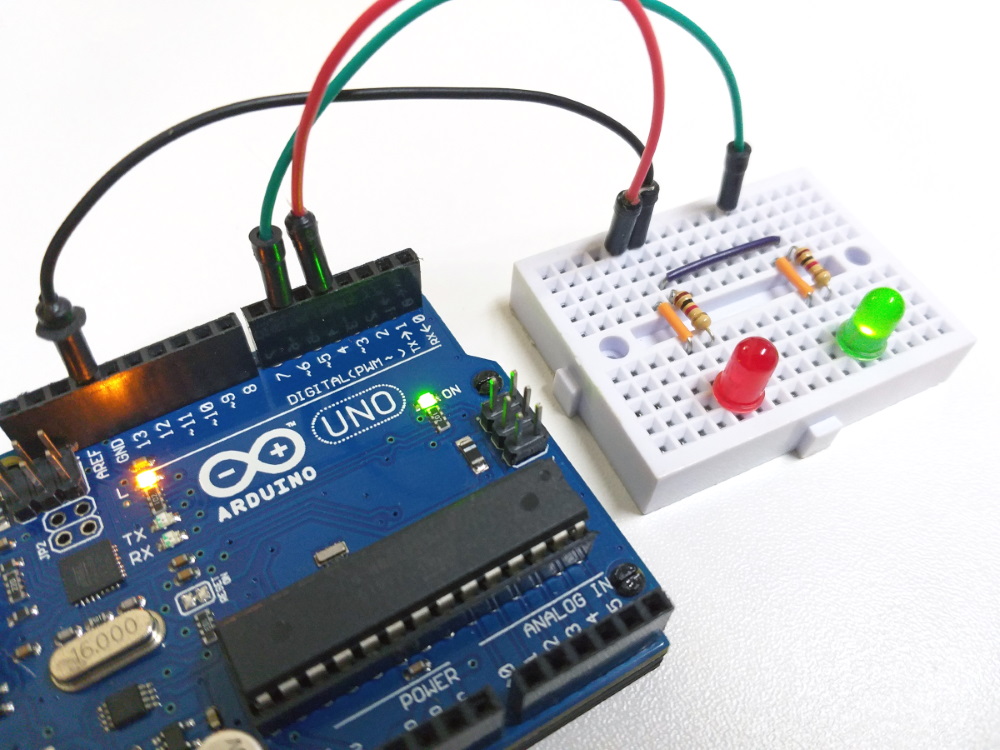

- Arduino millis with interrupts how to#
- Arduino millis with interrupts update#
- Arduino millis with interrupts code#
Arduino millis with interrupts code#
It will work just fine with other code that uses interrupts properly, including I2C. Please help me rewrite delay with millis. Many Arduino functions uses timers, for example the time functions: delay(), millis() and micros() and delayMicroseconds(). Here, you can learn the difference between the two methods and which one to use. We can interface a push-button using either Polling or Interrupt.
Arduino millis with interrupts how to#
The pin depends on the microcontroller being used. The millis () function relies on interrupts happening, so it knows that time has passed. JanuIn this article, we shall discuss how to interface push buttons with Raspberry Pi Pico RP2040 and trigger interrupts. micros () works initially, but will start behaving erratically after 1-2 ms. Since delay () requires interrupts to work, it will not work if called inside an ISR.
Arduino millis with interrupts update#
Timer0 is already set up to generate a millisecond interrupt to update the millisecond counter reported by millis (). millis () relies on interrupts to count, so it will never increment inside an ISR. The timer will actually call us to let us know it is time to check the clock Arduino Timers The Arduino Uno has 3 timers: Timer0, Timer1 and Timer2. digitalPinToInterrupt (pin)) - Pin number of the interrupt, which tells the microprocessor which pin to monitor. We can set up a timer to interrupt us once per millisecond. Guru Meditation Error: Core 1 panic'ed (IllegalInstruction). attachInterrupt(digitalPinToInterrupt(pin), ISR, mode) This function takes three parameters: First Parameter (i.e. Guru Meditation Error: Core 1 panic'ed (Cache disabled but cached memory region accessed) However if you wait too long then you miss the overflow update, and then the result returned will go down (i.e you will get 253, 254, 255, 0, 1, 2, 3 etc.Rst:0x1 (POWERON_RESET),boot:0x17 (SPI_FAST_FLASH_BOOT)Ĭlk_drv:0x00,q_drv:0x00,d_drv:0x00,cs0_drv:0x00,hd_drv:0x00,wp_drv:0x00 delayMicroseconds() will work since it doesnt depend on interrupts. Thus, even inside an ISR, you can rely on micros() updating. delay() and millis() wont work properly in an ISR since they use interrupts. It then adds in the Timer 0 overflow count, which is updated by a timer overflow interrupt (multiplied by 256).

The concept of Interrupts come into picture in the scenario of multitasking. A Brief Note on Multitasking In computing terminology, multitasking is a concept of executing multiple tasks or processes by a computer over a period of time. It always reads the current hardware timer (possibly TCNT0) which is constantly being updated by the hardware (in fact, every 4 µs because of the prescaler of 64). The millis(), micros(), and delay() functions all depend on interrupts themselves, so they wont work inside of an interrupt service routine. Before proceeding further with Arduino Multitasking tutorial, I strongly recommend you to refer to ARDUINO INTERRUPTS TUTORIAL and ARDUINO MILLIS TUTORIAL. The other answers are very good, but I want to elaborate on how micros() works.


 0 kommentar(er)
0 kommentar(er)
